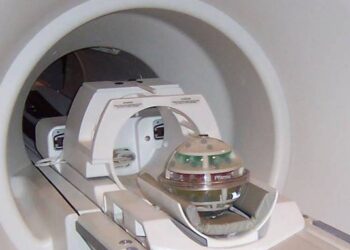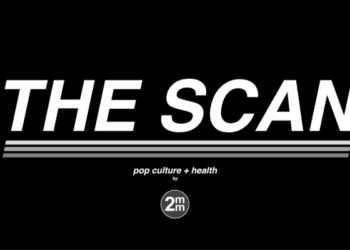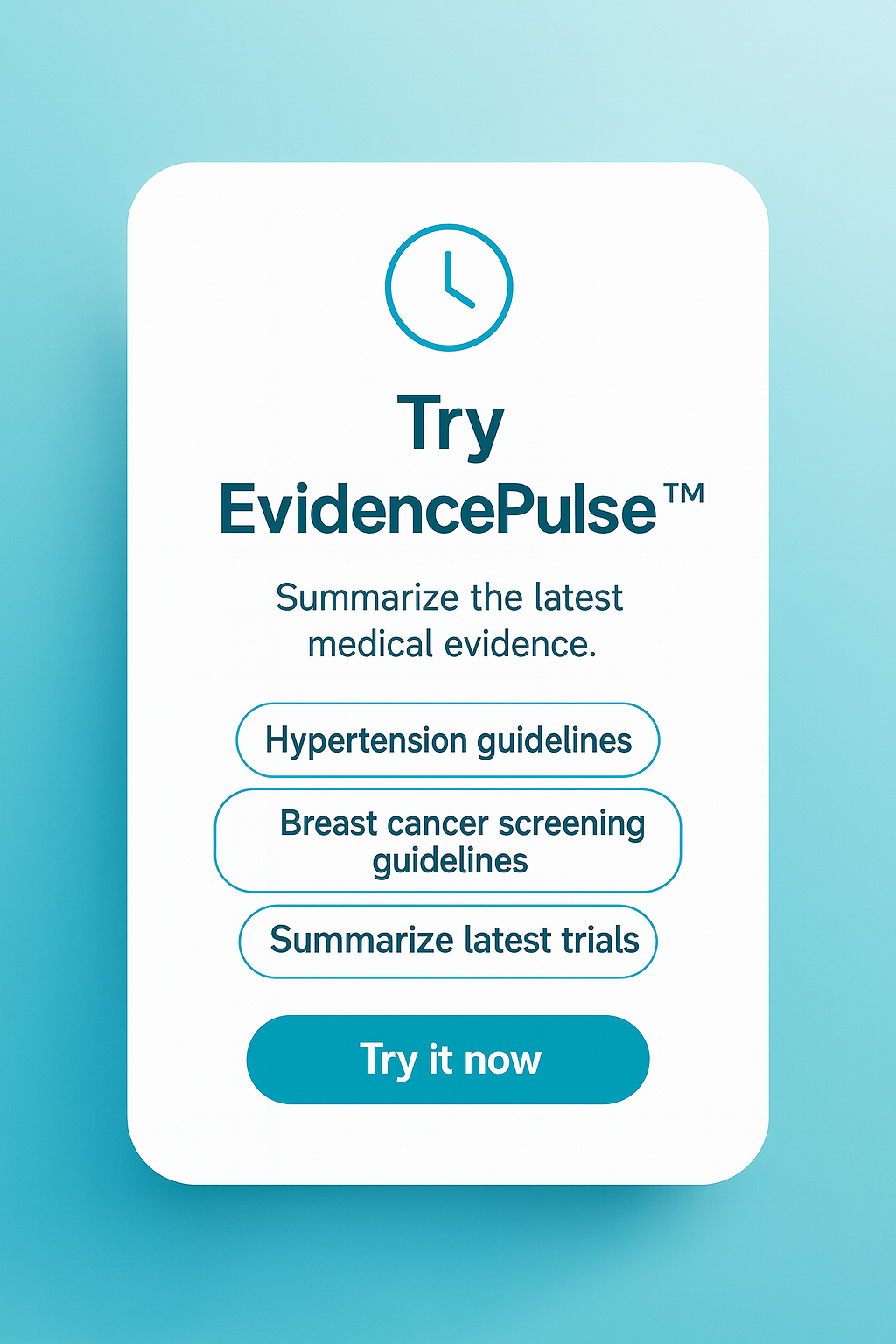Television food advertisements linked to increased consumption among preschoolers
1. Eating in the absence of hunger (EAH) was greater among preschoolers watching television with food advertisements compared to those watching television with department store ads.
2. Body mass index (BMI) percentile, age, and parental feeding restriction were not significantly associated with kilocalories consumed.
Evidence Rating Level: 1 (Excellent)
Study Rundown: Numerous factors, including diet and lifestyle, have contributed to the obesity epidemic worldwide. The increase in childhood obesity is particularly concerning as this has been associated with greater risk of cardiovascular disease, type 2 diabetes, and cancer. Excess television exposure is contributing to this epidemic, both due to its sedentary nature and association with eating. Food-related television advertisements add another obesity-promoting layer to this activity, facilitating cued eating among school-aged children. To investigate whether food-related advertisements would have a similar effect on preschoolers, researchers assessed a phenomenon known as EAH in children aged 2 to 5 years. Food consumption after satiation, both ad-specific and not specific, was assessed between children randomized to watch TV with food or department store ads. Researchers found that children exposed to food advertisements ate significantly more than their counterparts exposed to department store ads and that this difference was largely due to greater consumption of the advertised food. BMI percentile, age, and parental feeding restriction did not significantly impact consumption. Limitations of this study included its short duration (17 minutes in total) and isolation paradigm, which may not accurately reflect typical television watching conditions. Additionally, it was not noted whether eating was uniform throughout the television segment or patterned, such as primarily during the advertisements. Nevertheless, these results suggest that limiting exposure to food-related television ads may be beneficial.
Click to read the study, published today in Pediatrics
Relevant Reading: Childhood obesity: public-health crisis, common sense cure
Study Author, Jennifer A. Emond, PhD talks to 2 Minute Medicine: Department of Biomedical Data Science, Geisel School of Medicine at Dartmouth, Hanover, New Hampshire.
“This study is important to clinicians because it highlights the strong effects that food marketing has on shaping a young child’s diet. Thus, parents cannot be held solely accountable for their children developing unhealthy eating habits given the pervasive marketing of unhealthy food to children in our society. Clinicians are in a position to help parents recognize the strong influence of food marketing on shaping young children’s eating habits and can help parents understand that they have tools available to them to reduce their children’s exposure to such marketing, especially on TV.”
In-Depth [randomized controlled trial]: Sixty children (aged 2 to 5 years) of relatively high socioeconomic background compared to the general United States population participated in the study. Eligibility requirements included English fluency, lack of food allergies, dietary restrictions, or conditions that could alter appetite, and no familiarity with Bugles corn snacks, the featured product of the food advertisements. The study took place in a behavioral lab and consisted of 2 parts: a preload phase in which participants were offered snacks to eat until they were satisfied followed by an EAH phase consisting of 14 minutes of “Elmo’s World” with interspersed Bugles or department store advertisements. During the EAH phase the children were provided with Teddy Grahams and Bugles to eat as they wished. At the conclusion of the show, the remaining contents were weighed to determine the mass eaten, which was then converted to kcals for analysis. Results were consistent with food advertisements promoting EAH: children who viewed the Bugles ads ate an average of 29.5 kcals more during the EAH phase (p = 0.04). In particular, they consumed more Bugles corn snacks (difference in group means: 21.7 kcals; p < 0.01). Both groups consumed a greater number of kcals of Teddy Grahams but this number was not statistically different between them. The finding of increased EAH with food advertisements was robust to adjustment for preload phase satiety rating and did not appear to differ by age, sex, BMI percentile, or parental feeding restriction.
Image: PD
©2016 2 Minute Medicine, Inc. All rights reserved. No works may be reproduced without expressed written consent from 2 Minute Medicine, Inc. Inquire about licensing here. No article should be construed as medical advice and is not intended as such by the authors or by 2 Minute Medicine, Inc.









